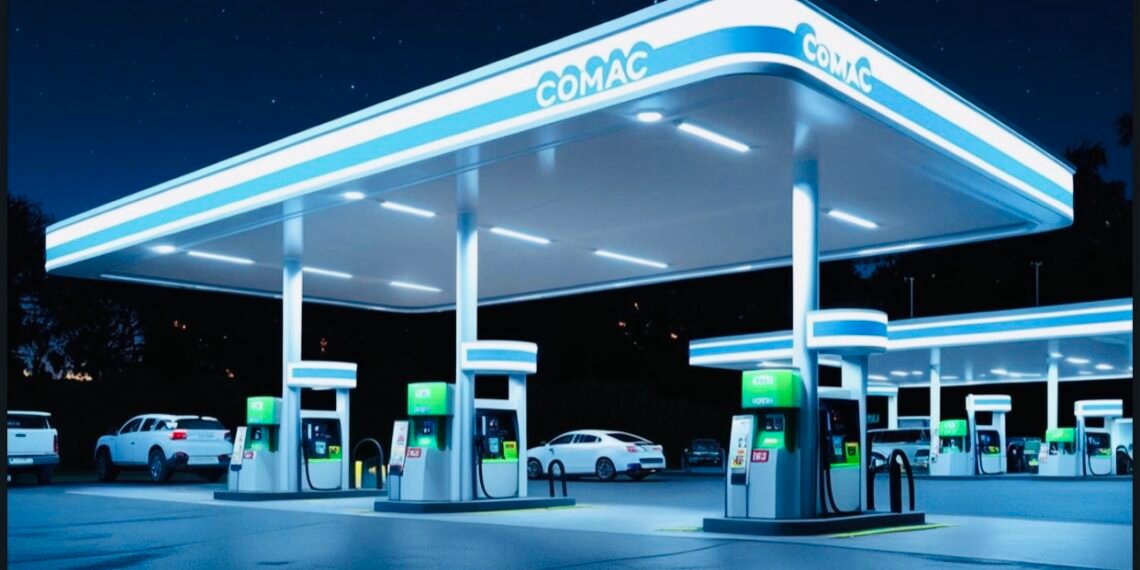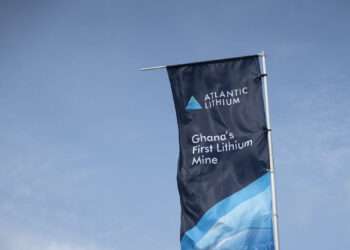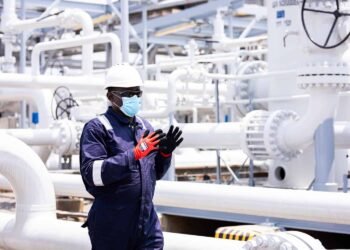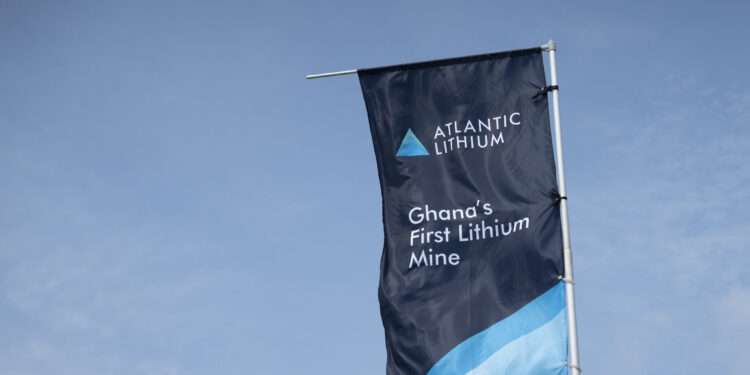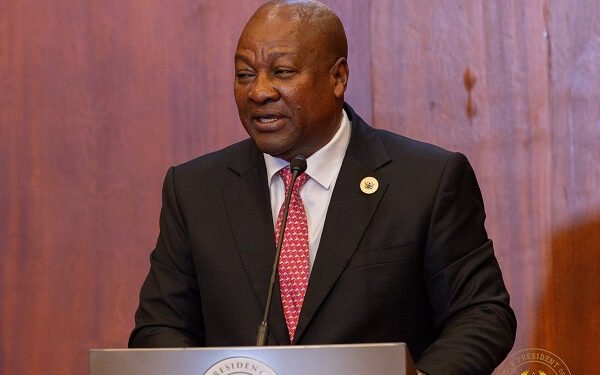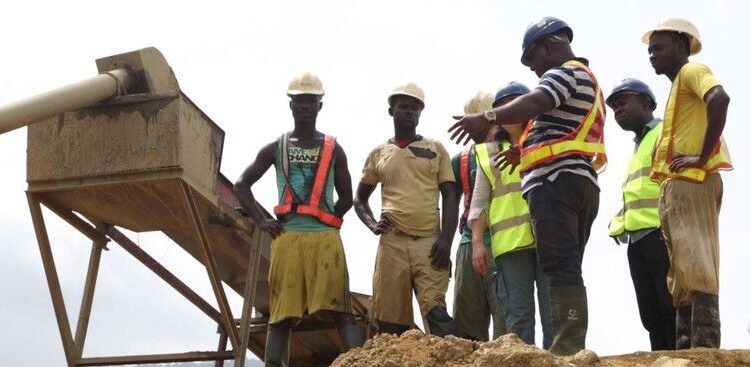Fuel consumers should brace for minor price changes at the pumps from this weekend, as the Chamber of Oil Marketing Companies (COMAC) projects marginal increases in petrol and Liquefied Petroleum Gas (LPG) prices, alongside a slight drop in diesel prices.
In its latest pricing outlook report, which guides Oil Marketing Companies (OMCs) in setting pump prices, COMAC indicated that the changes will take effect from Saturday, August 16, 2025, marking the start of the new pricing window.
“The price of petrol at the pumps is projected to increase by between 0.39% and 2.71% per litre, while LPG could see an increase of up to 2.34% per kilogram.”
COMAC Market Outlook Report
Diesel, on the other hand, is expected to record a modest decline of about 0.72% per litre.
The chamber attributes the mixed pricing outlook to recent exchange rate fluctuations, noting that the Ghanaian cedi experienced slight depreciation against the US dollar in the current window.
COMAC said, “The rate shifted from GHS 10.68 to GHS 10.77, reflecting a 0.8% decline,” pointing out that even minor changes in the exchange rate can significantly influence petroleum product prices due to the sector’s dependence on imports.
The report also linked the projected pump price changes to broader global market dynamics, where crude oil prices and refined product benchmarks have moved in different directions over the past two weeks.
Mixed Signals from the Global Oil Market
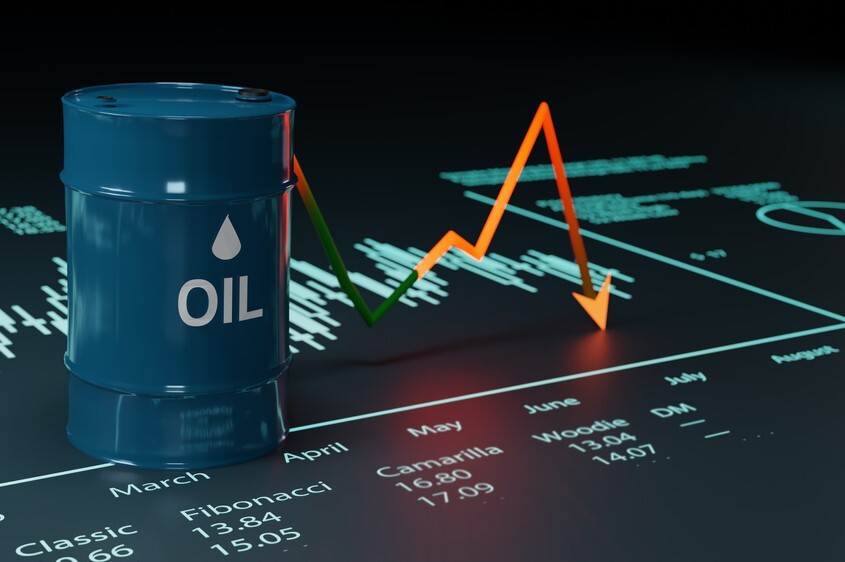
Crude oil on the international market registered a marginal drop of 0.23%, moving from $70.42 to $70.26 per barrel. Diesel prices, however, recorded a sharper fall of 5.22%, while petrol and LPG prices rose by 1.89% and 2.87% respectively.
COMAC explained that these shifts were likely driven by product-specific supply and demand factors. Strong demand for petrol and LPG in some markets has kept their prices firm, while diesel prices have been weighed down by increasing global output and easing demand pressures.
“The projected pump increases for petrol and LPG align with prevailing global market trends, with minimal adjustments expected.”
COMAC Market Outlook Report
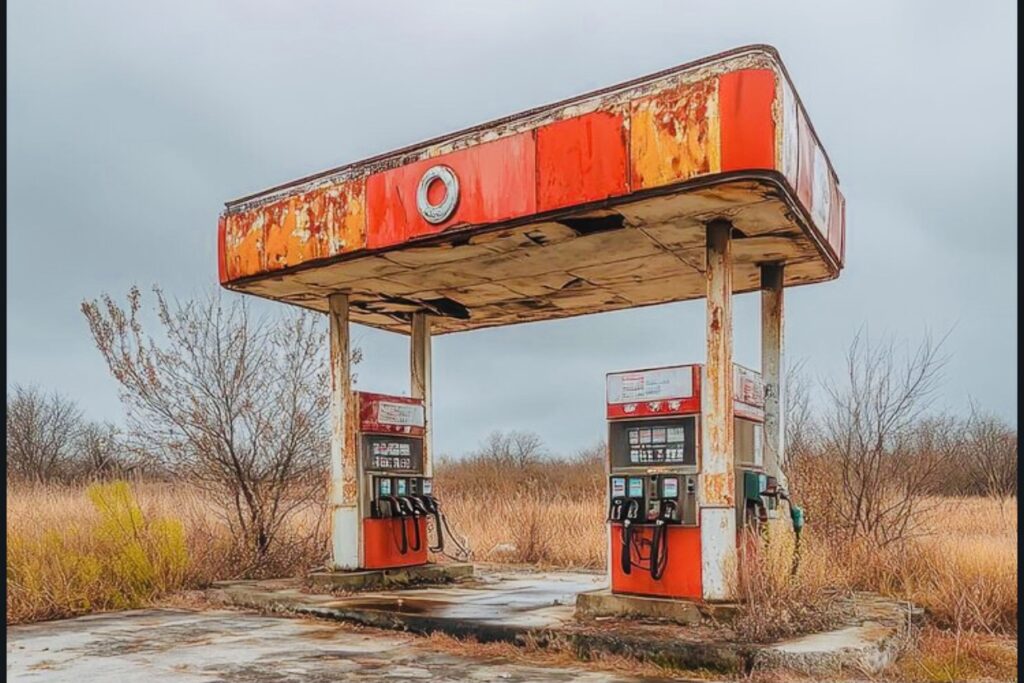
The chamber added that diesel’s price drop mirrors the sharp decline in its international benchmark.
Some industry players have pointed to the recently introduced one-cedi levy on certain petroleum products as a factor that could have pushed pump prices higher in this window.
While COMAC acknowledged the role of taxes and levies in shaping retail prices, it suggested that the underlying global market and currency trends were the dominant influences for the current pricing adjustments.
Taxes, levies, and regulatory margins already make up more than a quarter of fuel prices at the pump, according to COMAC data, with the remainder split between ex-refinery costs and marketing margins. This means even minor shifts in these components can affect what consumers pay.
Consumer Impact
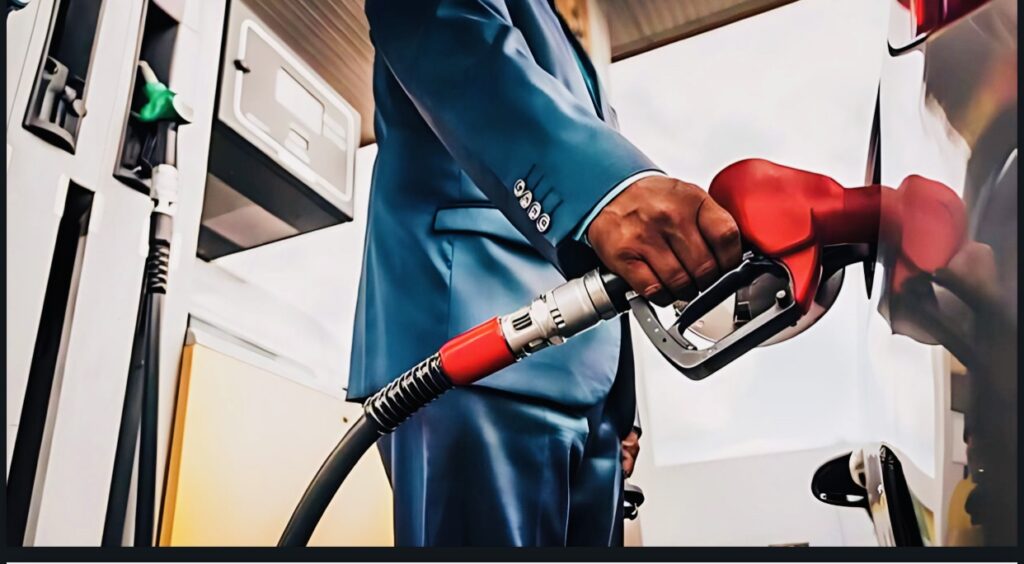
Fuel retailers say they expect the price changes to be modest enough to avoid significant disruptions in consumer demand.
With national petroleum product consumption already up by over 17% in the first half of 2025 compared to the same period last year, OMCs are hopeful that relatively stable pricing will sustain sales volumes.
Consumers, however, remain sensitive to any upward movement in fuel prices, given its ripple effect on transportation costs and the prices of goods and services.
Transport operators have previously warned that sustained fuel price increases could trigger fare adjustments, although the current projected changes are unlikely to prompt immediate action.
Despite the marginal increases for petrol and LPG in the current pricing window, COMAC is cautiously optimistic about price stability in the coming weeks.
“We expect prices to be fairly stable for the next pricing window, beginning September 2025, assuming no major volatility in global oil prices or the exchange rate.”
COMAC Market Outlook Report
Market watchers note that the next few weeks will be critical in determining whether the cedi can hold steady against the dollar, and whether global crude prices remain within their current range. Any unexpected supply disruptions or geopolitical tensions could quickly alter the trajectory.
For now, the modest petrol and LPG increases coupled with the small drop in diesel prices reflect a delicate balance between global market pressures and local economic conditions.
READ ALSO: Ghana Set to Smash All 2025 Economic Targets – IC Research Hails Strong H1 Performance

